Vultures, Hawks, Eagles, and Falcons of Maricopa County
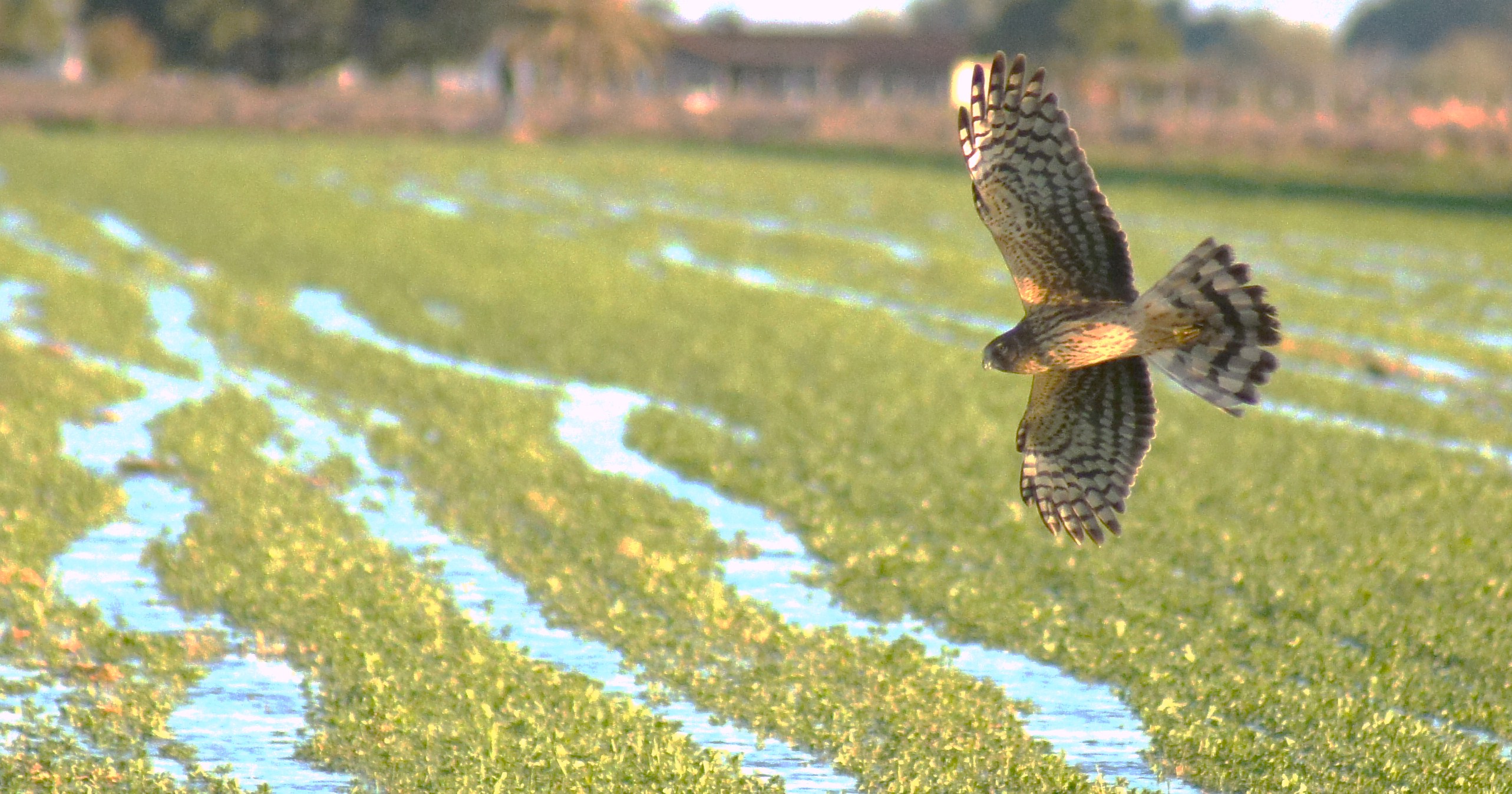
Black Vulture Coragyps atratus
The Black Vulture is locally common in Maricopa County in a few areas where large kettles may be observed. This vulture looks a lot different from the Turkey Vulture in flight, with a "chubby and more bulky" look to it, and also, noticable white on the ends of it's wings. Black Vultures are best observed in Area 7, Southwest Phoenix. The top place to see them in this area (as well as Maricopa County) is in the area of Tres Rios Wetlands. Whether at the Hayfield Site or the Overflow Wetlands of Tres Rios, keep your eye in the sky for this vulture. They can still be seen regularly throughout the Southwest Phoenix area, with the M-C 85 and it's branch roads also being good places to look. Black Vultures are also often seen throughout the Gilbert Area and sometimes show up the area's hotspots (Area 4). The Lower Salt River Recreation Area (Area 2), has also become a place where they are often seen.
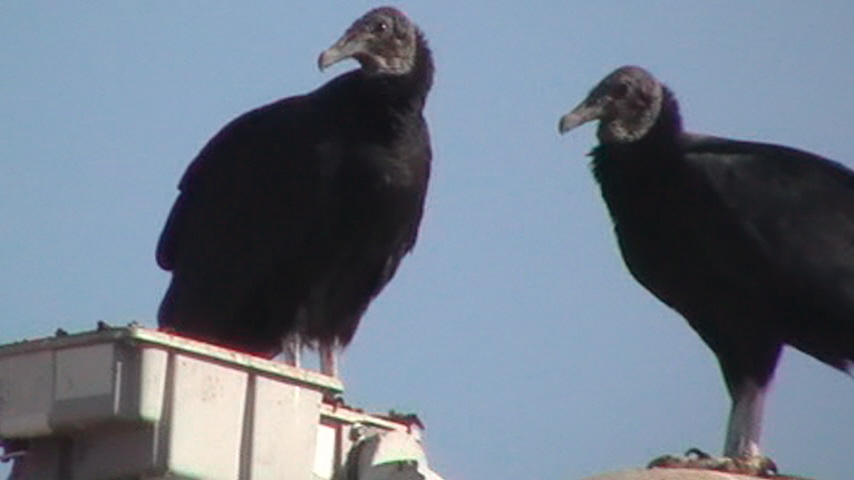
Turkey Vulture Cathartes aura
The Turkey Vulture is one of the most abundant birds throughout Arizona. They are present in high numbers especially in spring and summer, where they can still be found year round with some individuals remaining through the winter. They can be seen in any habitat in the common months without effort. Keep an eye out for large and impressive "kettles" of Turkey Vultures, which may often reach over a hundred birds.
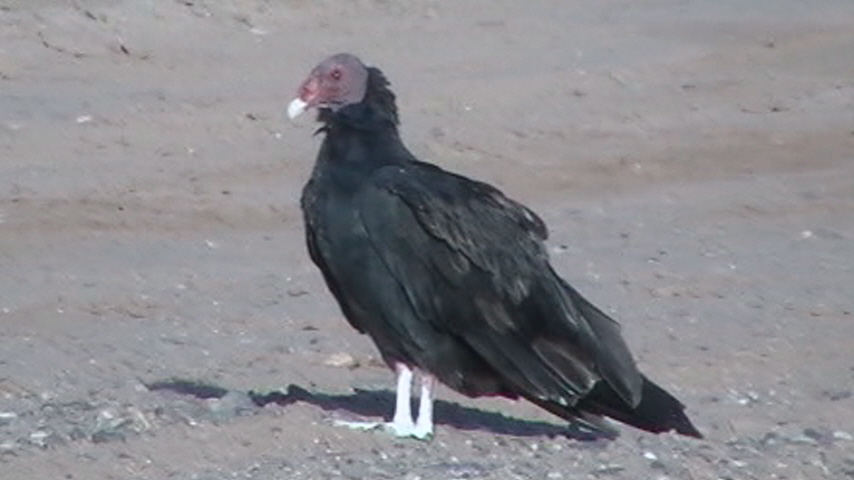
Osprey Pandion haliaetus
The majestic Osprey brings it's fishing skills to Maricopa County commonly in both migration periods and throughout winter. Any large body water, river, or pond in the County may have an Osprey nearby during these time frames, where they impress viewers with their remarkable fishing abilities. Ospreys are found sometimes during the summer months in suitable areas near water.
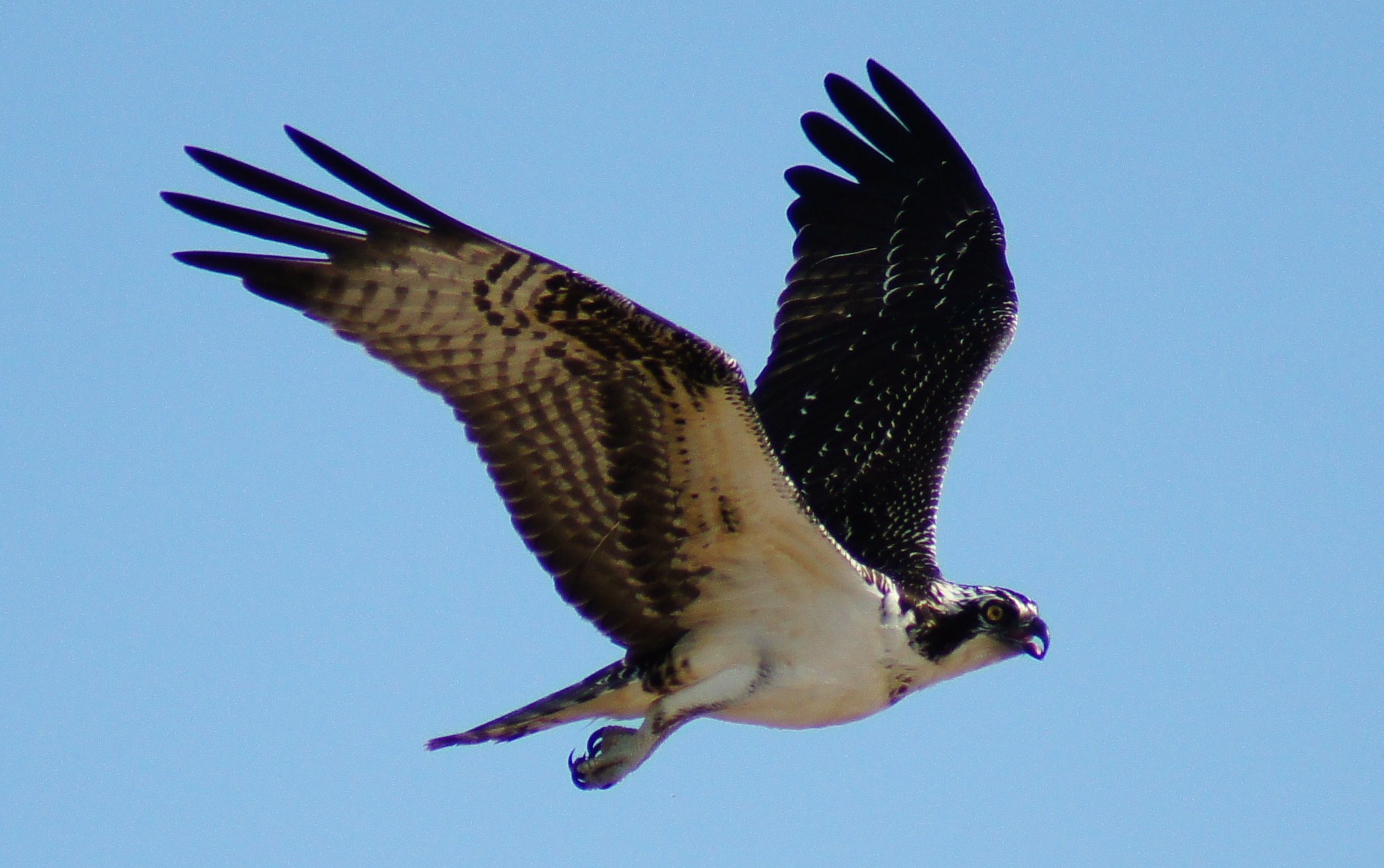
White-tailed Kite Elanus leucurus
The tern-like White-tailed Kite is a beautiful site, as it often hovers "kestrel" like over fields endlessly in pursuit of prey, where they are most easily spotted. This graceful raptor is often very local and hard to find in Maricopa County, with small numbers in it's perfered habiat. The White-tailed Kite prefers areas of fields and agriculture, as they are most often located by scanning fields and covering a lot of habitat. Area 8, Arlington to Gila Bend, is the best place to find White-tailed Kites in the county. In this area, they are often seen in various locations along the Old Highway 80, such as Narramore and Arlington School Roads (see hotspot description under Old Highway 80), as well as in the surrounding area of the Arlington Wildlife Area. The Kites are regular here, but are possible anywhere in the abundant agriculture continuing south to Gila Bend, where Paloma Ranch's surrounding fields may also be very productive. The M-C 85 and it's surrounding roads (Area 7) are also productive for White-tailed Kites. This species is present year-round in these areas, but is best observed in fall and winter.
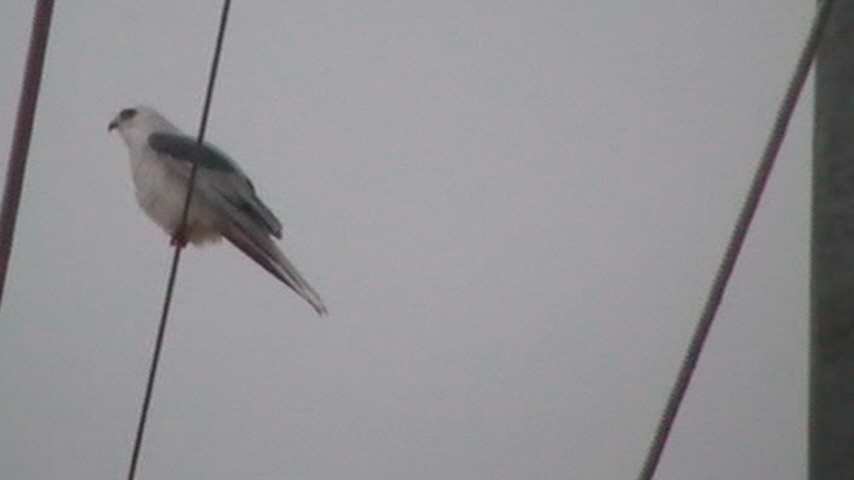
Bald Eagle Haliaeetus leucocephalus
The Bald Eagle surprisingly is well spread throughout Maricopa County during the calendar year. America's symbol nests in several areas throughout the county, where wintering birds also add to the year's total in the county. A few of the places the Bald Eagles nest at is at the Salt (Area 2) and Verde Rivers (Area 12), as well as Lake Pleasant (Area 10). Some of these locations are closed off during the nesting time frame. The best place to see breeding Bald Eagles is in the area of the Lower Salt River (Area 2), which has one of the highest Bald Eagle nesting concentrations in Arizona. While the nests are closed off, they can be seen often in the distance, where a scope can provide excellent viewing opportunities. If you see a Bald Eagle nest, keep your distance and don't disturb the birds. In winter, Bald Eagles can be seen throughout the county at lakes, rivers, or ponds (similar to the Osprey).
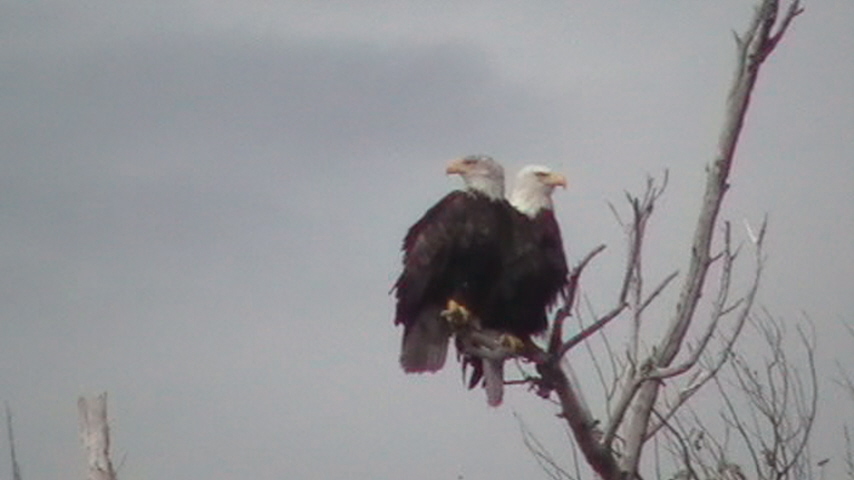
Northern Harrier Circus cyaneus
Northern Harriers are very common throughout Maricopa County in the migration time frames and all of winter. Formerly known as the Marsh Hawk, this raptor can often be seen flying slowly over marshes in pursuit of prey. They are also seen in high numbers in fields and agriculture. The Northern Harrier is very distinctive in flight and appearance.
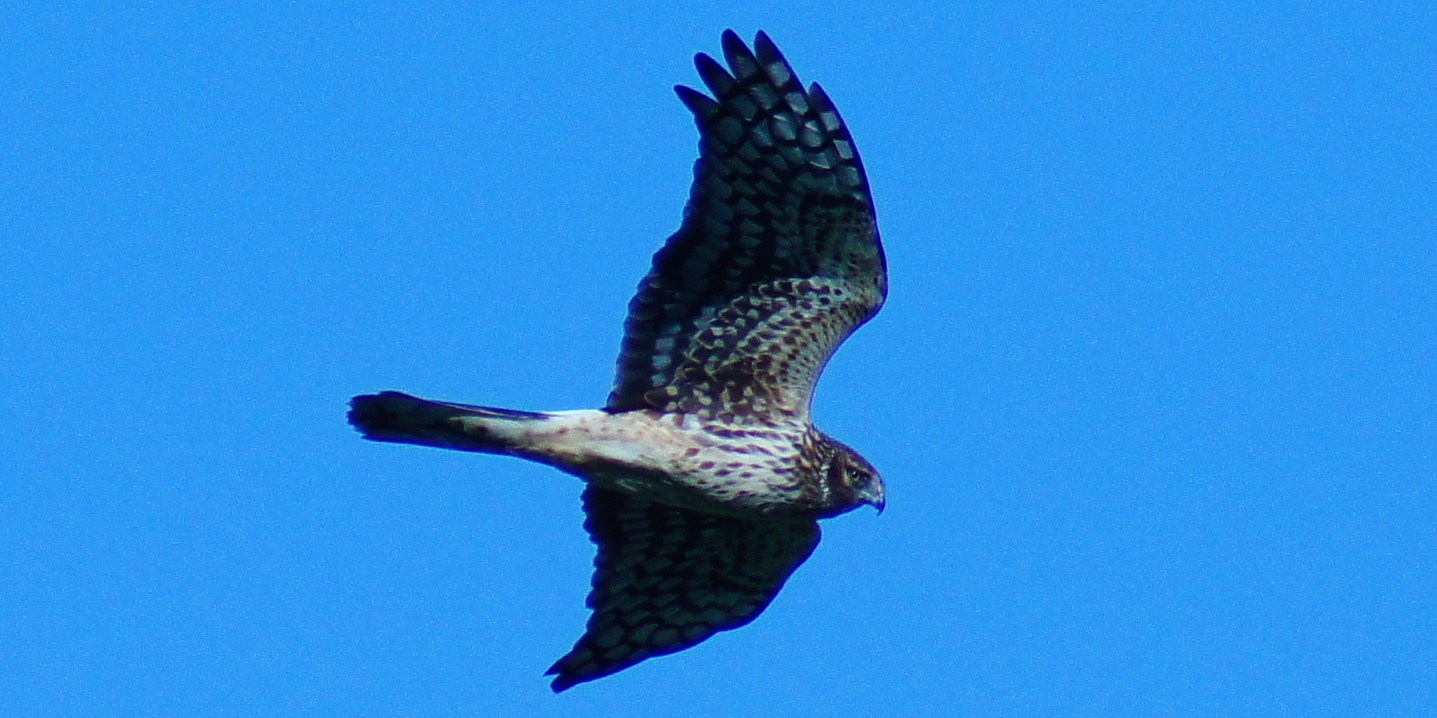
Sharp-shinned Hawk Accipiter striatus
Sharp-shinned Hawks are common during migration and winter in Maricopa County in a variety of habitats. They can often be found lurking in dense cover where songbirds are in high numbers. Similiar to the Cooper's Hawk, the "Sharpie" is best identified by it's smaller size and squared-off tail.
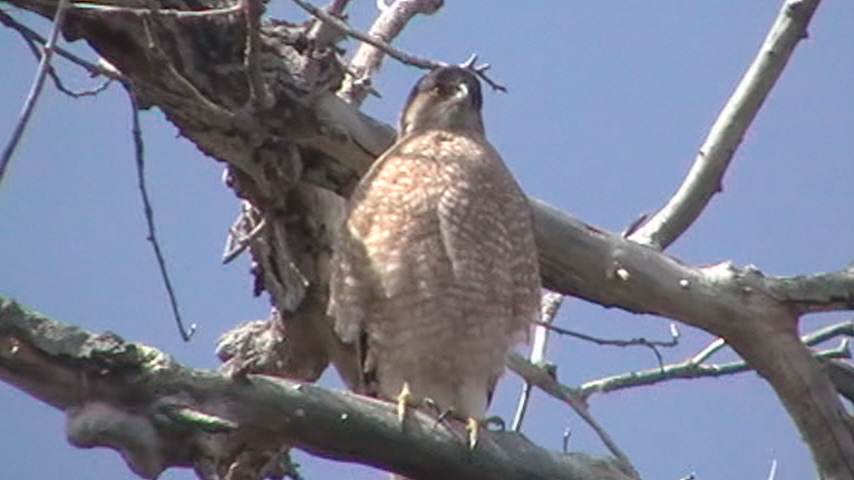
Cooper's Hawk Accipiter cooperii
The Cooper's Hawk is commonly found in Maricopa County throughout the year in a variety of different habitats. It's number's increase in the county during migrations and the winter months. This hawk is also a breeder in the county, and nests are most often found in riparian woodlands such as the Hassayampa River Preserve and Morgan City Wash for example. Just like the Sharp-shinned Hawk, the Cooper's Hawk is often found lurking in dense cover where songbirds are present.
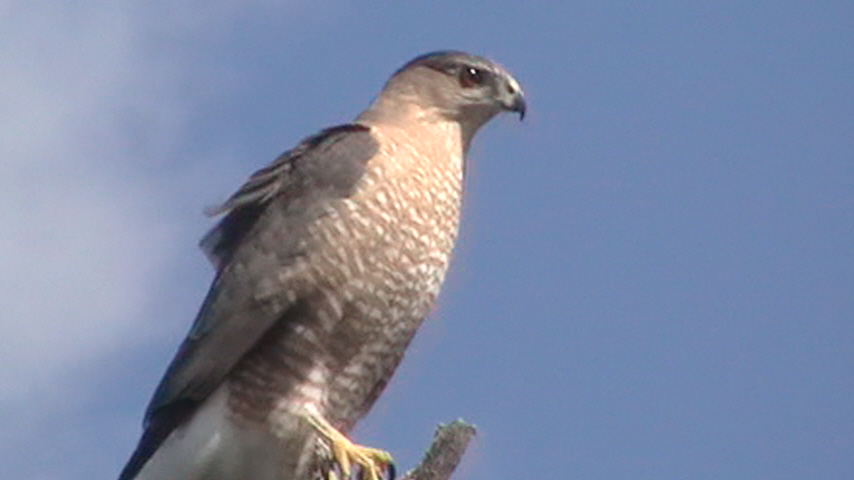
Common Black-Hawk Buteogallus anthracinus
The Common Black-Hawk prefers areas of medium elevations (usually from 3-4000'), who's habitat generally is riparian canyons dominated by sycamores. These raptors are uncommon in Maricopa County, but can usually be found with ease in this appropriate habitat from March through September. The Black-Hawk is often very vocal, and can be located by voice. They often sit quietly in pursuit of prey on snags overlooking creeks. If a nest is found, keep a safe distance to avoid disturbance. In Maricopa County, Black-Hawks are found reliably in several areas. One is the Highway 87 section (Area 1), at hotspots along Sycamore Creek including Sunflower (Old Beeline Highway) and Bushnell Tanks, as well as Sycamore Creek at Mile Marker 212-213 and Mesquite Wash. The other is the Cave Creek Area (Area 11), at Seven Springs Recreation Area, Seven Springs Wash, and Lower Camp Creek.
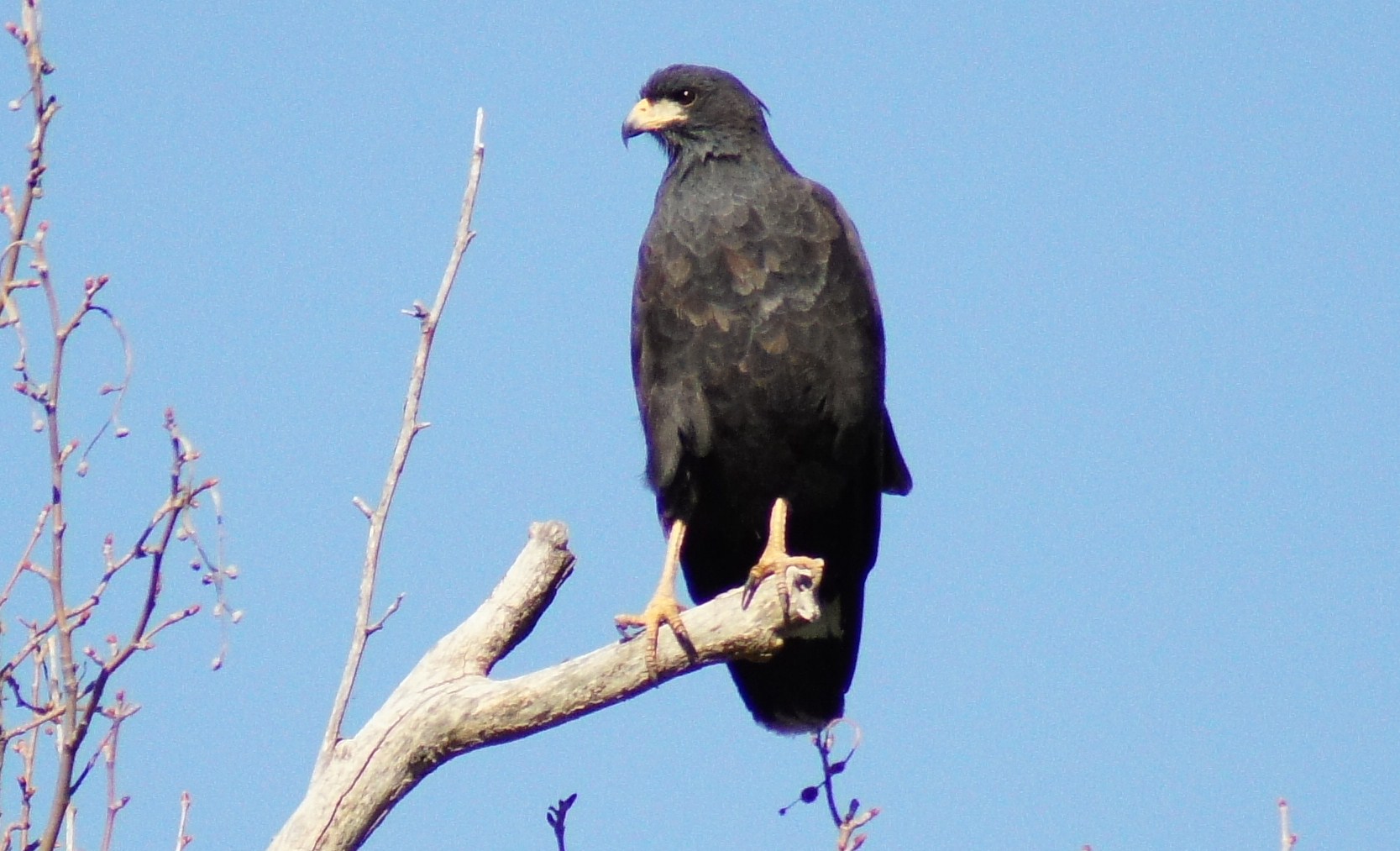
Harris's Hawk Parabuteo unicinctus
This striking raptor is the hawk of the desert southwest. It is a year round resident and is most often seen in Lower Sonoran deserts, and nests may often be found on saguaro cactuses. These hawks are common in these desert habitats, and are often found in family groups. Harris's Hawks also come into residential areas and may be seen in the middle of the city at times. Although the Harris's Hawk is common, they can be very local and require patience to find. Some of the easier places to find the Harris's Hawk are the Lower Salt River Recreation Area, especially at the Goldfield Recreation Site (Area 2), Phoenix Zoo (Area 5), Phoenix Mountains Preserve (Area 6), and the Lower Verde River (Area 12).
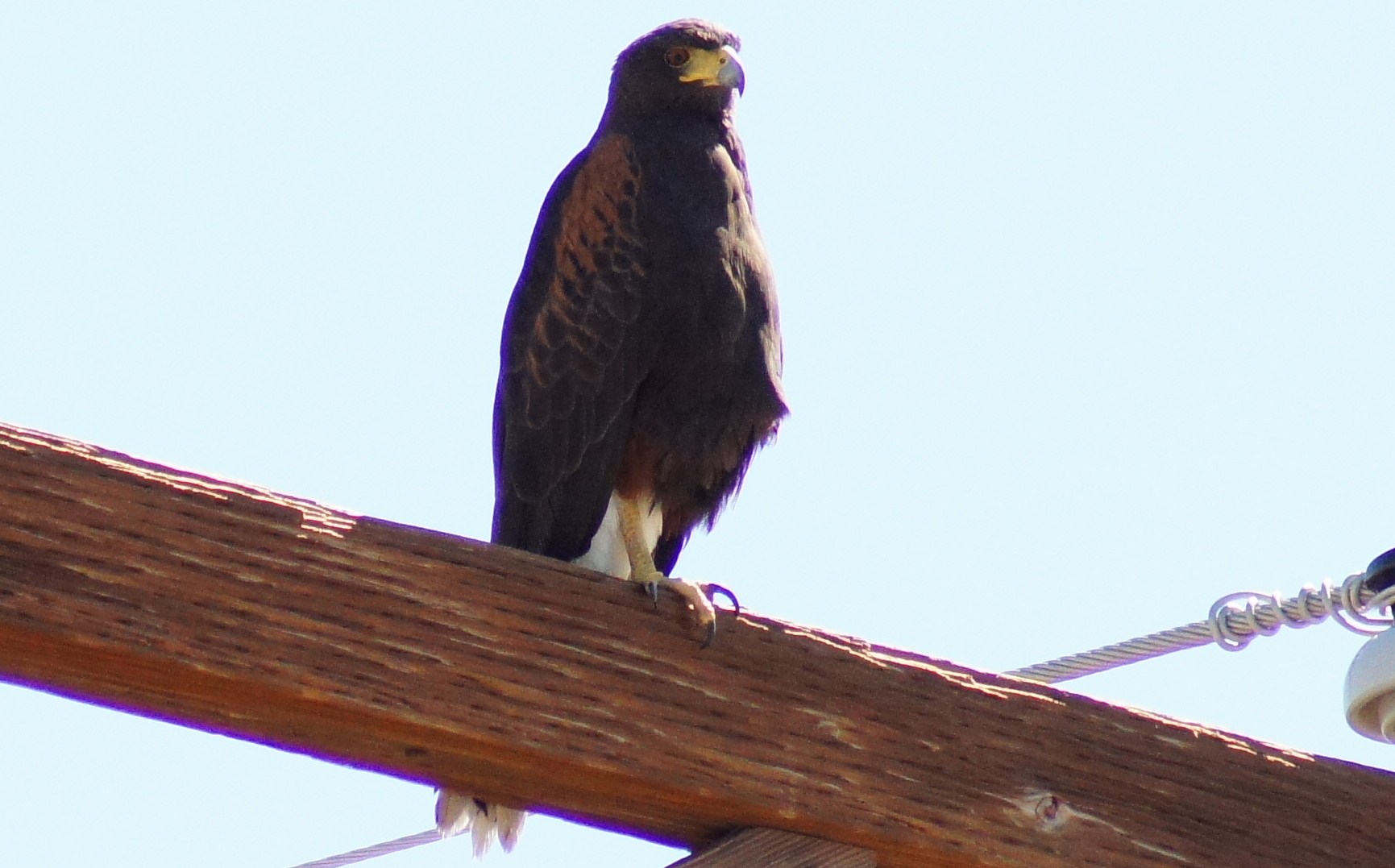
Red-shouldered Hawk Buteo lineatus
Rare throughout Arizona, the Red-shouldered Hawk has expanded it's range from California into some of Arizona. This has included a small and year-round local breeding population in the northwestern part of the county along the Hassayampa River (Area 10). These hawks are regulary seen and heard at the Hassayampa River Preserve, and they are also observed at times just north of the preserve at the Wickenburg KFC/Car Dealership Overlook. A lot of Arizona birders have gotten their first Red-shouldered Hawk for the state at these locations.
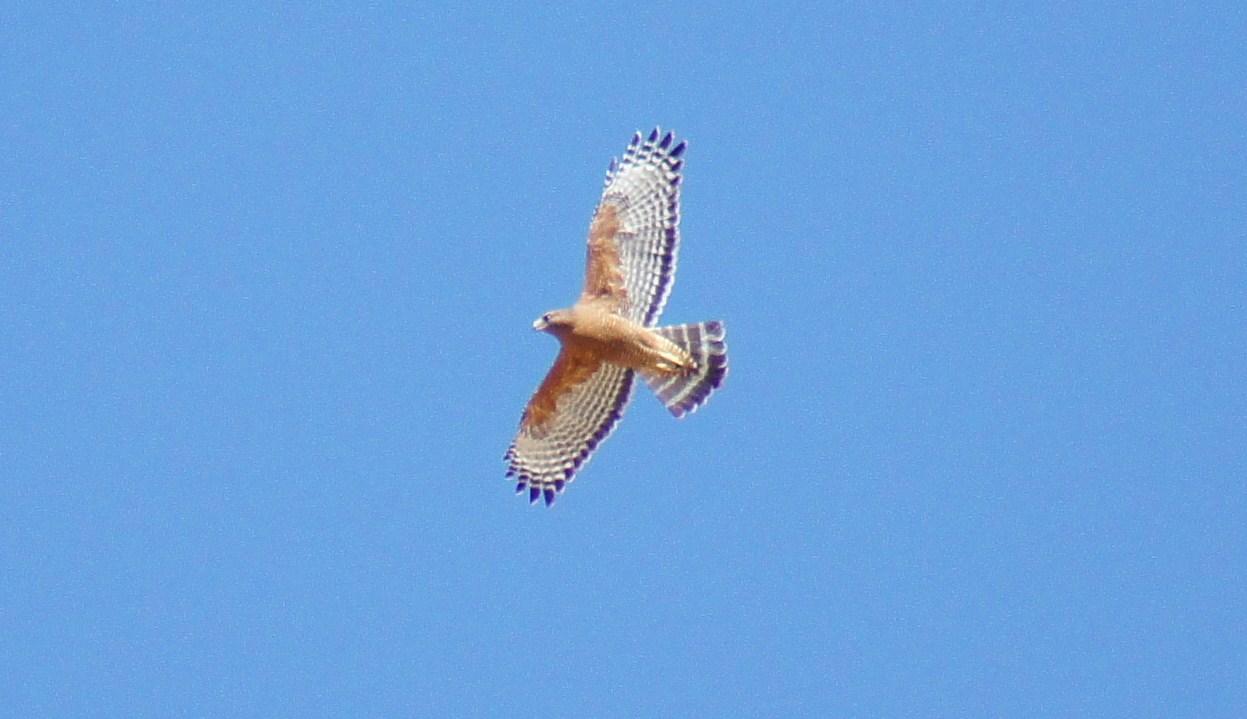
Gray Hawk Buteo nitidus
The Gray Hawk is another raptor that is rare and local in Maricopa County. This hawk is expanding it's range drastically north from it's southeastern Arizona haunts, and has become a breeder in Maricopa County in the area of the Hassayampa River in the northwestern part of the county (Area 10). These hawks reside in the area March through October. A noisy raptor, the Gray Hawk is often heard more than it is seen. Listen for it's peacock-like calls when birding along the Hassayampa River. They are active in the earlier stages of the morning, and aren't heard or seen as much from late morning and into the afternoon. In this area, look for the Gray Hawk at the Hassayampa River Preserve and the U.S. 60 Roadstop.
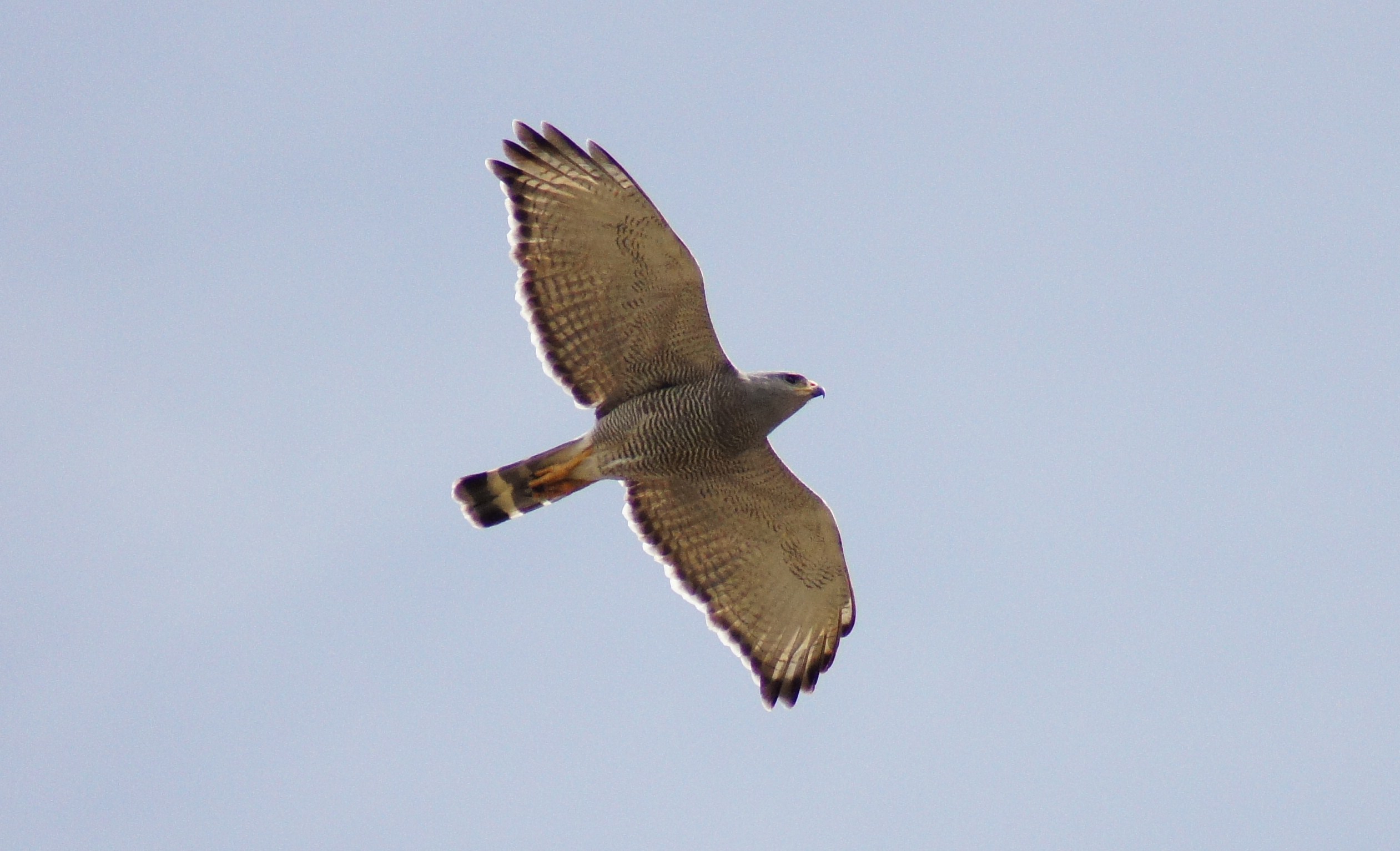
Swainson's Hawk Buteo swainsoni
Swainson's Hawks come through Maricopa County during the migration periods, where they are abundant in numbers. This variable hawk of three different color morphs can often be seen in the hundreds where they form "kettles". During this migration period, a field may have 50 Swainson's Hawks on the ground, and maybe 50 more soaring overhead. The Swainson's Hawk prefers open areas in the county, mainly agricultural fields. The best time to see these spectacular raptors in migration is the end of March and the beginning of April. This is the peak time to see this hawk in high numbers, as birds can still be seen through most of April. The Swainson's Hawk population moves south again during the fall migration, which isn't as good as viewing the birds in high numbers as the spring migration is. Swainson's Hawks are best observed in two areas, Southwest Phoenix (Area 7), and Arlington to Gila Bend (Area 8). In Area 7, try searching the M-C 85 area, which is probably the best place overall in the county to watch these raptors in high numbers. Driving through the extensive fields of Area 8 will also turn up Swainson's Hawk kettles. They are also regularly seen in the Gilbert area (Area 4), in the agricultural fields there that surround Veteran's Oasis Park.
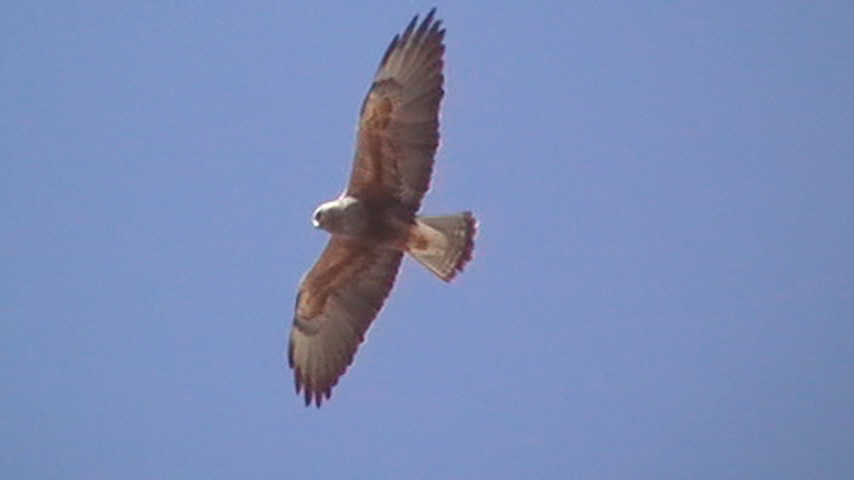
Zone-tailed Hawk Buteo albonotatus
The loud Zone-tailed Hawk is an awesome sight when birding in the county's riparian canyons. This raptor holds itself in a V-shaped dehydral in flight, looking very similar to a Turkey Vulture at a first glance. A "Zonie" is very sensitive of it's territory, often flying over people back and forth, screaming away. Like the Common Black-Hawk, the Zone-tailed Hawk highly prefers riparian canyons dominated by sycamores in medium elevations of 3-4000'. It may be found in lower riparian habitats as well, and also in Upper Sonoran habitats continuing on to the forested mountains/Transition Zones. This hawk is most often seen soaring high overhead when it's not in it's immediate territory. Zonie is fairly common in the county March through October, and a few indiviuals winter in the area. The best area to view this raptor would be the hotspots along Highway 87 (Area 1). Under Area 1, try Mesquite Wash, Sycamore Creek, Sunflower, and Bushnell Tanks for the best results and viewing chances. Birds can often be seen soaring above the forested mountains of Mount Ord as well. Another good area for Zone-tailed Hawk is the Cave Creek Area (Area 11). In the Cave Creek Area, good locations to look for the Zonie are Rackensack Canyon, Lower Camp Creek, Seven Springs Wash, and Seven Springs Recreation Area.
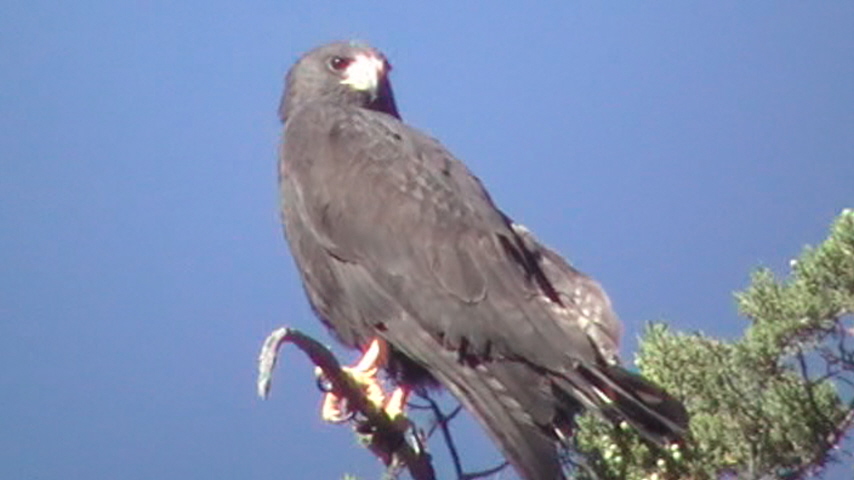
Red-tailed Hawk Buteo jamaicensis
The Red-tailed Hawk is most widespread and common raptor in North America, which in Maricopa County the status is no different. This hawk is highly variable, and nests in any habitat and life zone in the county. Any location is likely to have a "Tail" nearby. Red-tailed Hawks are easily viewed at any time of the year, and their numbers increase drastically in the winter months as northern birds come to the area to winter. Keep an eye out for the "Harlan's" Red-tailed Hawk, a good subspecies of Red-tailed Hawk that is rare but annual in Arizona.
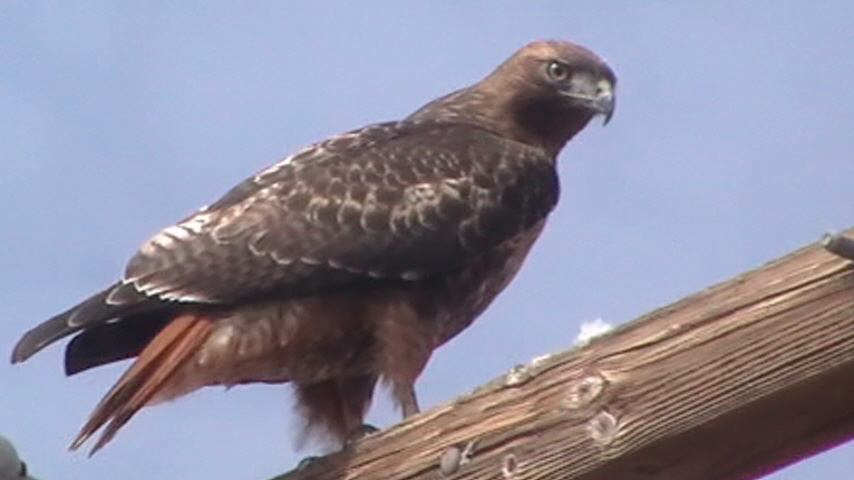
Ferruginous Hawk Buteo regalis
This regal hawk is the largest hawk in North America. It is a variable raptor of different color morphs, although the light morph shown below is the majority of the population. The Ferruginous Hawk prefers open grasslands on it's breeding ground, and can be found in small numbers as a breeder in northeastern Arizona. It spends the winter in Maricopa County near open areas and agricultural fields in uncommon numbers, where it is most often seen perched on poles and flying over fields. The best area to observe this hawk is Arlington to Gila Bend (Area 8). Search the agriculture throughout the area, especially when driving on the Old Highway 80. The fields around Gila Bend and Paloma Ranch are also good. The Southwest Phoenix Area (Area 7), is also good for the Ferruginous Hawk in fields surrounding the Tres Rios area. In the Gilbert Area (Area 4), try the fields surrounding Veterans Oasis Park.
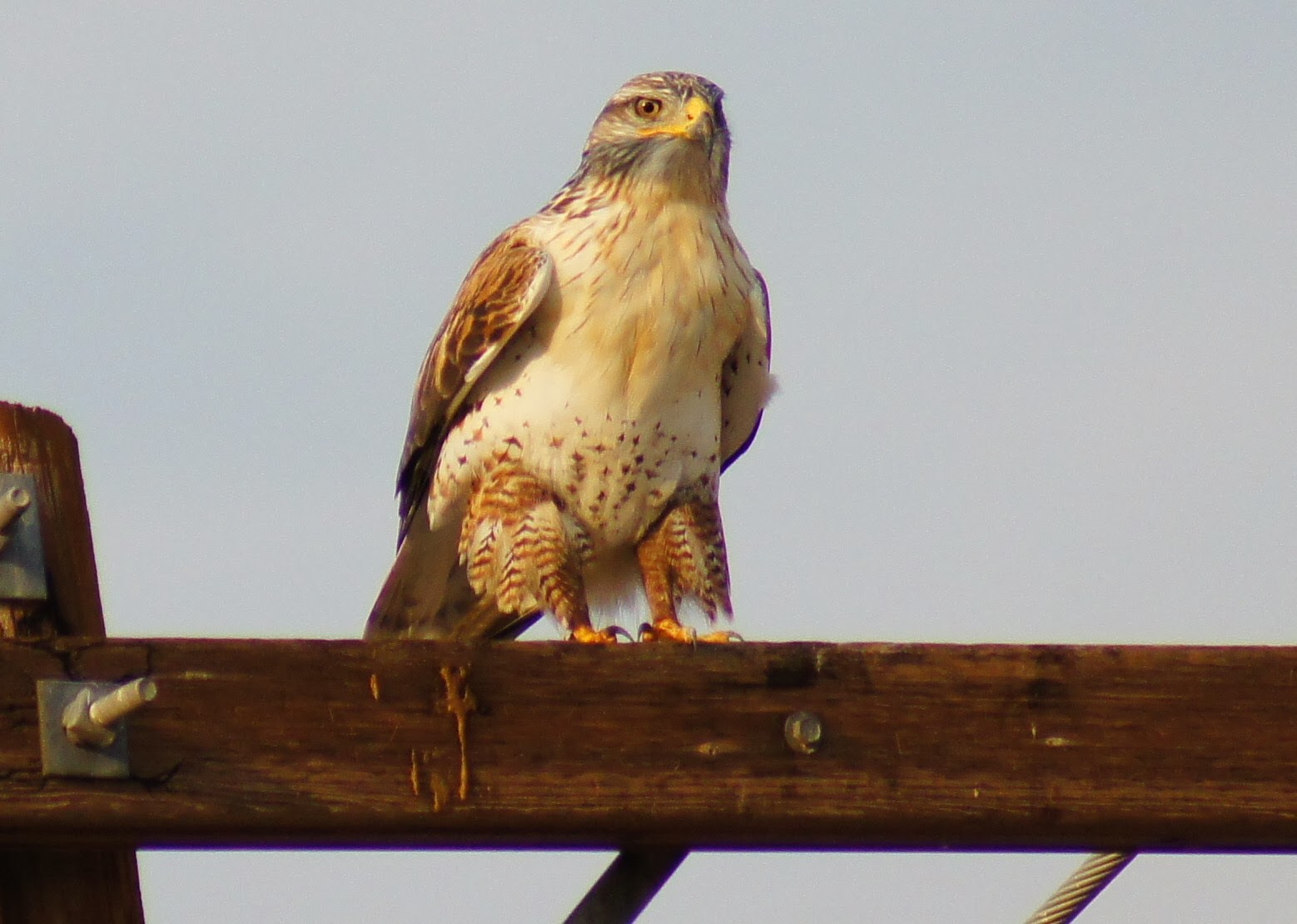
Golden Eagle Aquila chrysaetos
The Golden Eagle is a scarce sight in mountainious regions throughout western North America. This majestic raptor favors habitats in Maricopa County generally from the Upper Sonoran up to the Transition Zones. Lower Sonoran desert canyons may be productive as well. It can be very hard to find, where it is very local and in small numbers. Look in areas with a lot of cliffs, riparian canyons, and Transition Zone forested slopes. Keep an eye out in the following areas especially: Highway 87 (Area 1), Apache Trail (Area 3), and Cave Creek (Area 11).
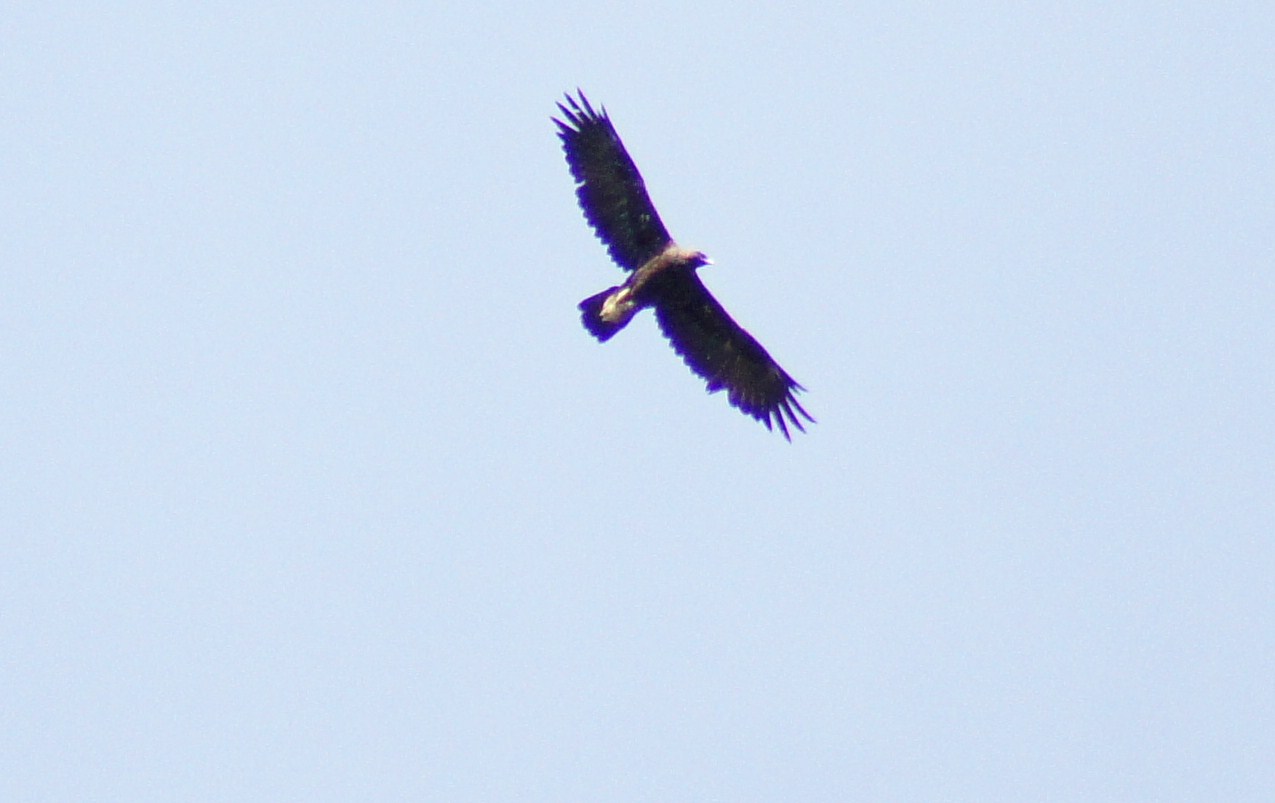
American Kestrel Falco sparverius
The American Kestrel is a special raptor, and is well adapted to any habitat throughout North America. This falcon, which is the smallest breeding bird of prey in North America, can be found in the middle of the busiest cities to some of the higher elevation forests. It nests in cavities, mainly holes in trees and convenient nest boxes built by people. In Maricopa County, the American Kestrel is no different. While they are observed in all habitats in the county, they can be seen in the highest numbers in areas with open fields, such as the agricultural fields in the Arlington area (Area 8). Spot the kestrel by it's hovering behavior, in which it's diet highly consists of insects.
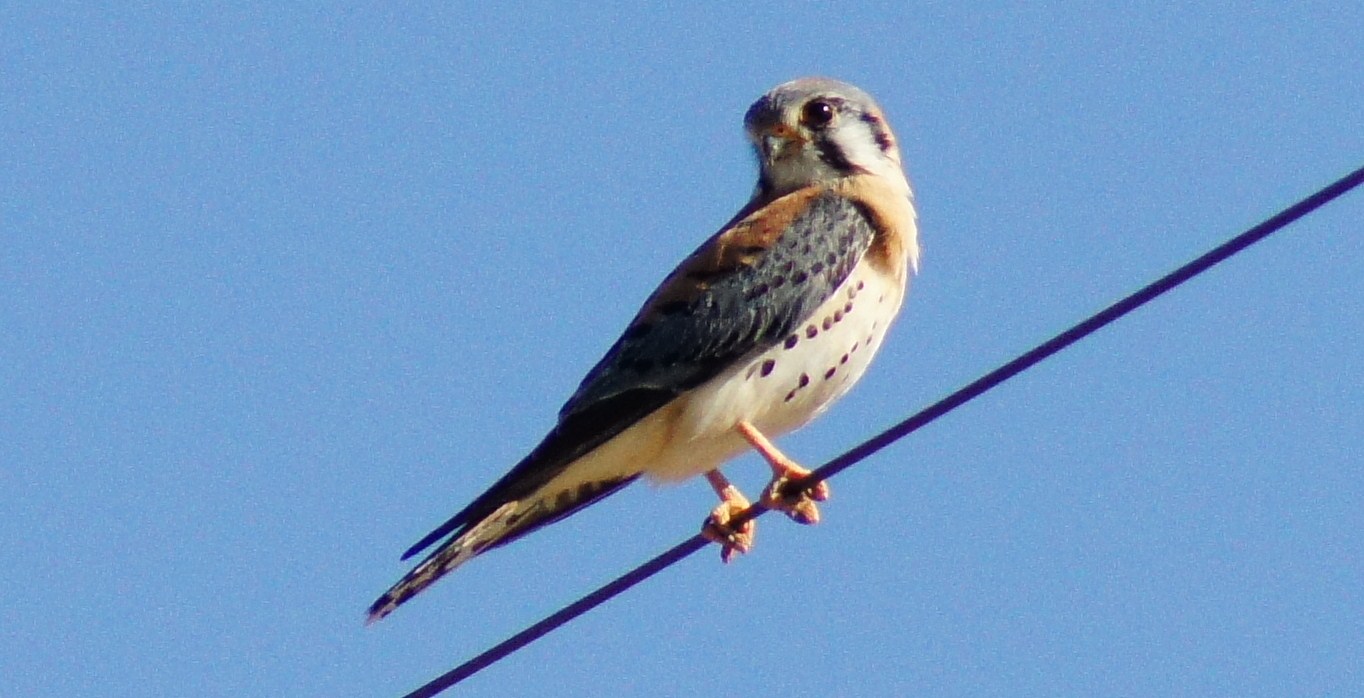
Merlin Falco columbarius
Slightly larger than the kestrel but uncommon, the Merlin is a small and extremely aggressive falcon. It is regularly seen feeding on small songbirds. This falcon highly favors open areas, where it is most likely to be found. The Merlin is widespread in North America, breeding in the far north, migrating and wintering through much of the lower 48. In Arizona and in Maricopa County, this bird is found in open areas, especially in areas with a lot of fields during the winter months. Good areas to search for this bird include Southwest Phoenix (Area 7), Arlington to Gila Bend (Area 8), and perhaps in the Gilbert/Chandler area in places like Gilbert Water Ranch and Veterans Oasis Park (Area 4).
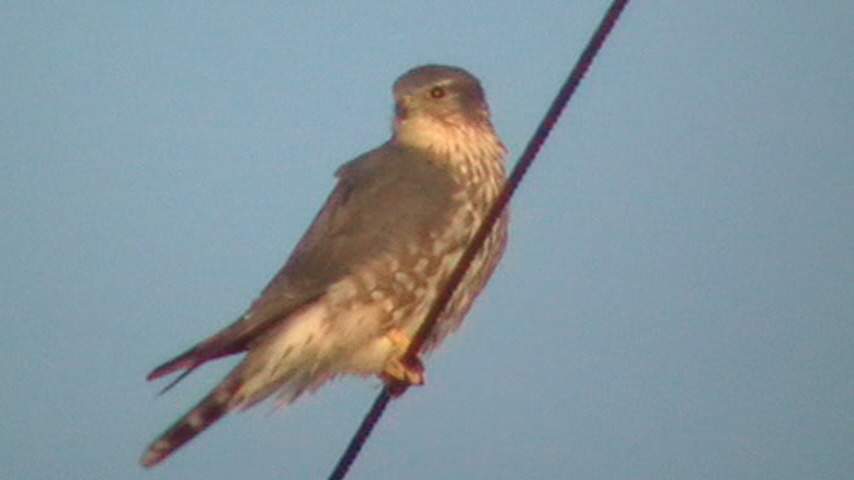
Peregrine Falcon Falco peregrinis
The Peregrine Falcon is considered to be the fastest animal in the world, reaching speeds of over 200 mph in spectacular dives for prey. This falcon is found worldwide, and is uncommon but widespread throughout North America. It favors habitats that are open in general, which include fields, pond edges, cliffs, and often tall buildings. It may be seen in any part of Maricopa County. Scan poles often when driving through habitats with open areas such as fields. It may also be seen lurking around ponds with high concentrations of waterfowl and shorebirds, at times even perched in the ponds or on the ground. Also keep an eye out for the Peregrine Falcon perched on structures of tall buildings, such as stadiums, business areas, or hospitals. They help maintain the heavy pigeon population in the area. While Peregrines are often seen in a variety of open habitats throughout the county, places where they are seen more often include Veterans Oasis Park (Area 4), Rousseau Sod Farms (Area 5), Glendale Recharge Ponds (Area 7), Tres Rios Wetlands (Area 7), and all of Area 8.
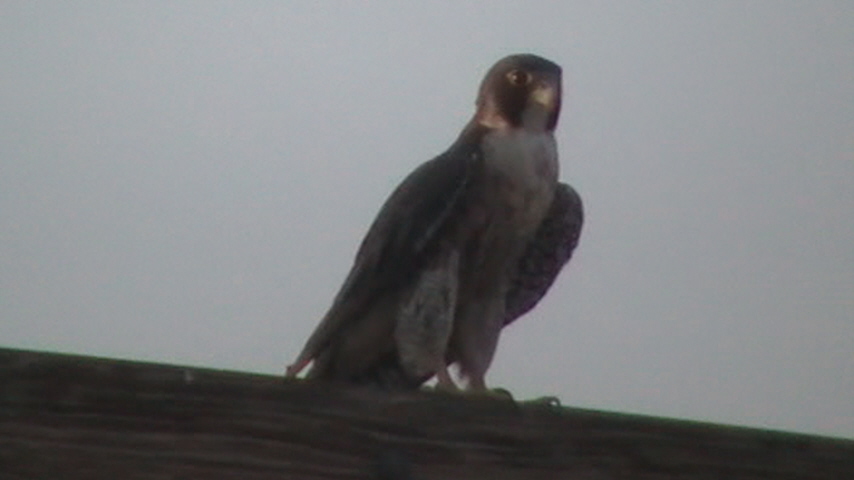
Prairie Falcon Falco mexicanus
The Prairie Falcon is a scarce raptor of western North America in dry and humid areas. This raptor may be very hard to find during it's breeding season. In Maricopa County, search for the Prairie Falcon during breeding season in Lower Sonoran desert areas with high cliffs and canyons. It may be seen hunting overhead and with luck, perched on a cliff edge near it's nest. The best time to see the Prarie Falcon however is in the winter, where numbers increase drastically. During winter, they prefer agricultural fields and sod farms. During breeding season, good desert habitats to search may include Saguaro Lakes surrounding cliffs (Area 2), the Apache Trail (Area 3), Phoenix Mountains Preserve (Area 6), and White Tank Mountain Regional Park (Area 9). During winter, excellent places to look for Prairie Falcon include Glendale Recharge Ponds and M-C 85 (Area 7), and all of Area 8.
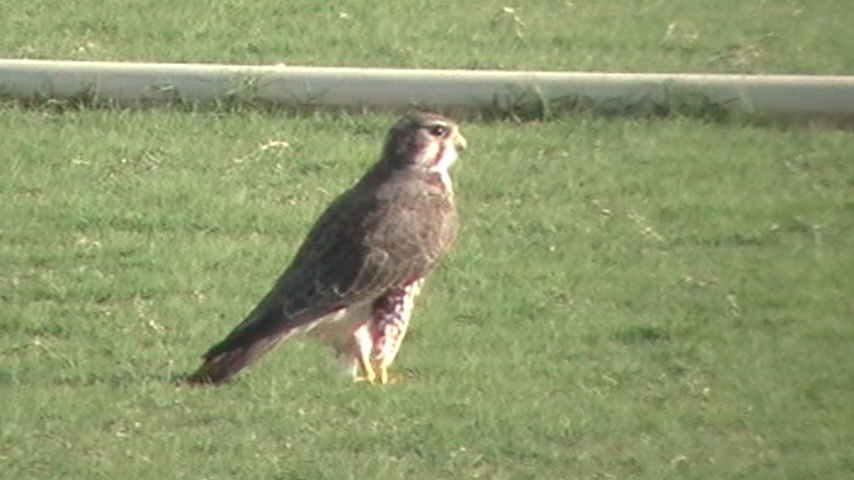
Back to What Bird Are You After? main page. |
